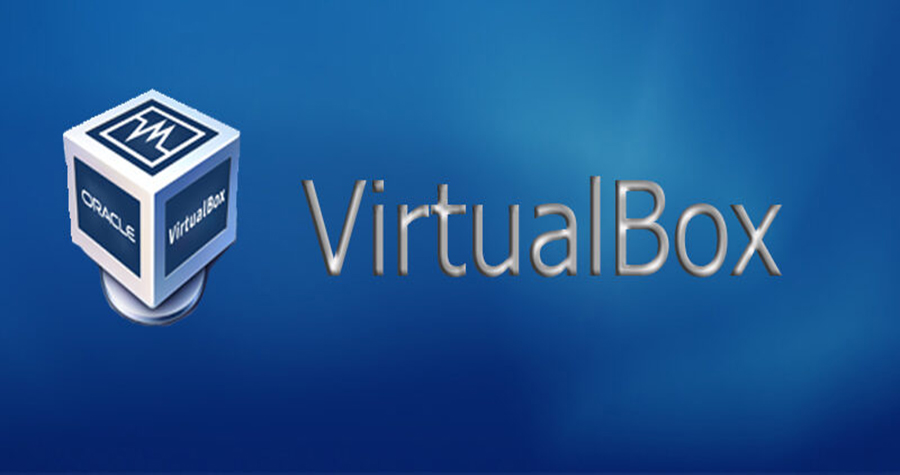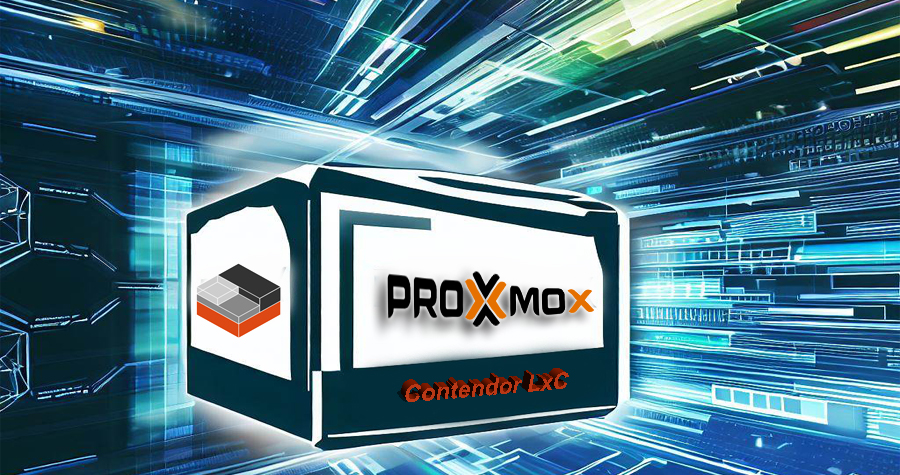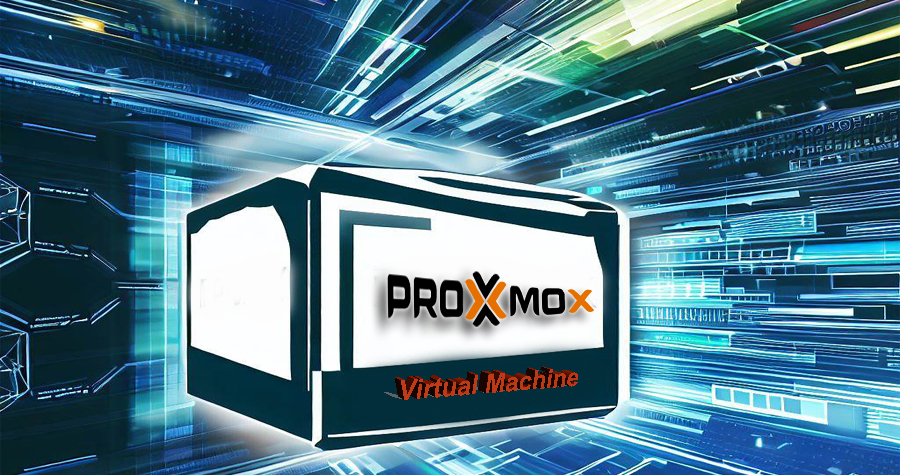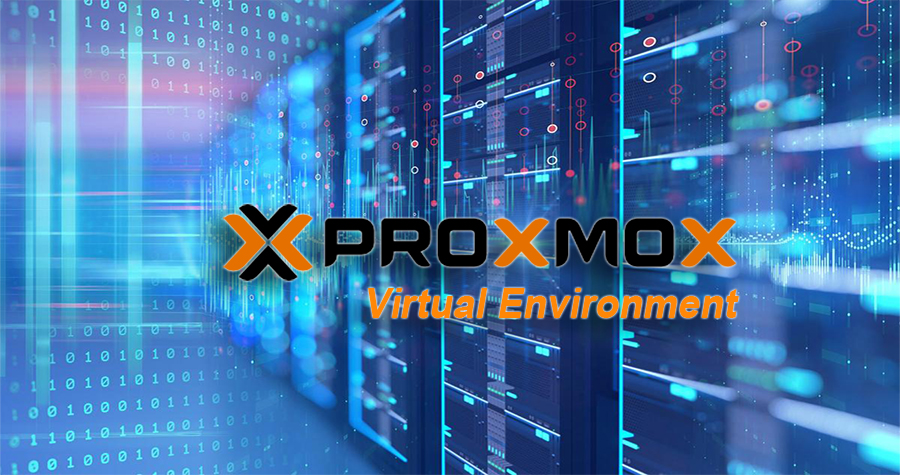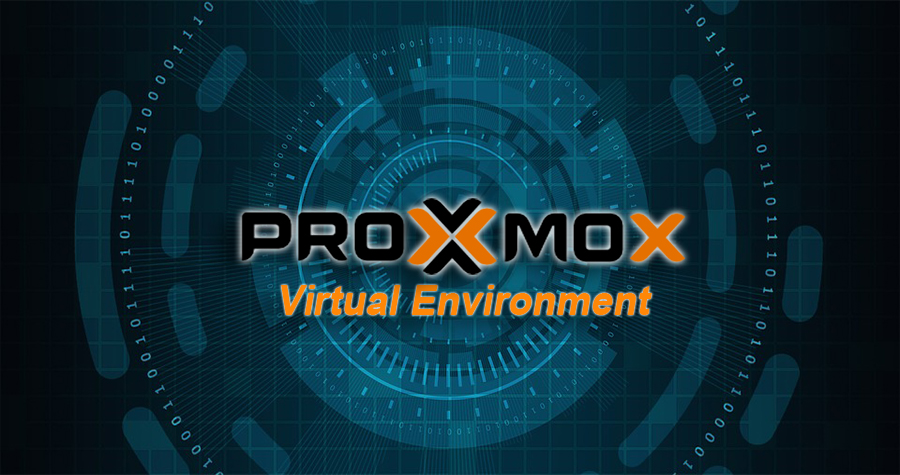One of the most popular operating system virtualization tools is VirtualBox. This is currently developed by Oracle Corporation. It is a powerful tool that allows us to do infrastructure virtualization at the host level based on the x86 and amd64 architectures, running other operating systems (guest) at the same time on https://en.wikipedia.org/wiki/X86our computer. This is possible thanks to the use of virtual machines; Depending on the resources available to our computer, it can have several operating systems running at the same time.
The official website of this tool is https://www.virtualbox.org, where it can be found for download.
This tool allows us to virtualize a wide variety of OS (guest) from our own OS (host), without having a hard drive dedicated to it, that is, without installing it directly on the real hardware.
Main features of VirtualBox:
- Multi platform
- Multi-language
- APIC feature support for virtual machines
- It is an open source software
- Support for nested pagination
- Serves as a home or business solution
- PAE Support
- Good performance as a type 2 Hypervisor
- Support for VT-x and AMD-V for nested virtualization, that is, within virtual machines
- Possibility of several Virtual Machines running at the same time
- Snapshot Support
- Supports disk encryption
- EFI Support
- Support for 3D acceleration
If you liked this article and want to learn more, below we show you the list of other articles in this series about VirtualBox.
Installing VirtualBox on Microsoft Windows
Creating a virtual machine in VirtualBox for Microsoft Windows
Installing a virtual machine in VirtualBox with Microsoft Windows 10
Install VirtualBox “Guest Additions” in Microsoft Windows VM
Installing VirtualBox on GNU Linux Ubuntu (Coming Soon)
Creating a virtual machine in VirtualBox for GNU Linux Ubuntu
Installing a virtual machine in VirtualBox with GNU Linux Ubuntu
Configuring VM networks in VirtualBox (Coming soon)


